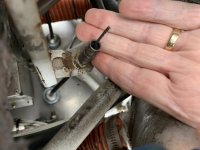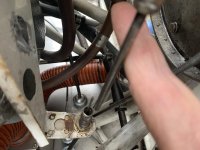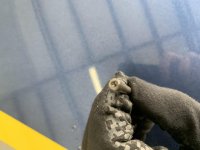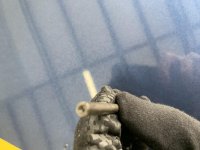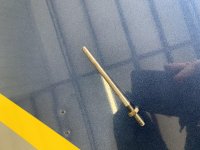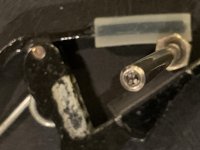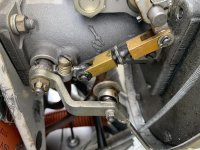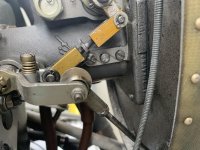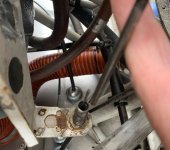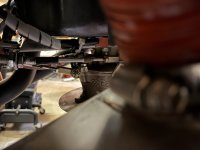airshawn58
Member
I was turning base to final yesterday and discovered that my throttle control was "disconnected" from the fuel distribution system (RV7a/IO360). The cable had actually completely severed. I was fortunate, made the end of the runway by a few feet. I've consulted with both Vans and my A/P. I'm not shaming or blaming anyone; just reiterating that the power cables and connections should never show any actual bare cable and if it does, more obviously, should not be frayed.
If it's not already part of your Condition Inspection, put it on the must-check list.
If it's not already part of your Condition Inspection, put it on the must-check list.
Attachments
Last edited:



